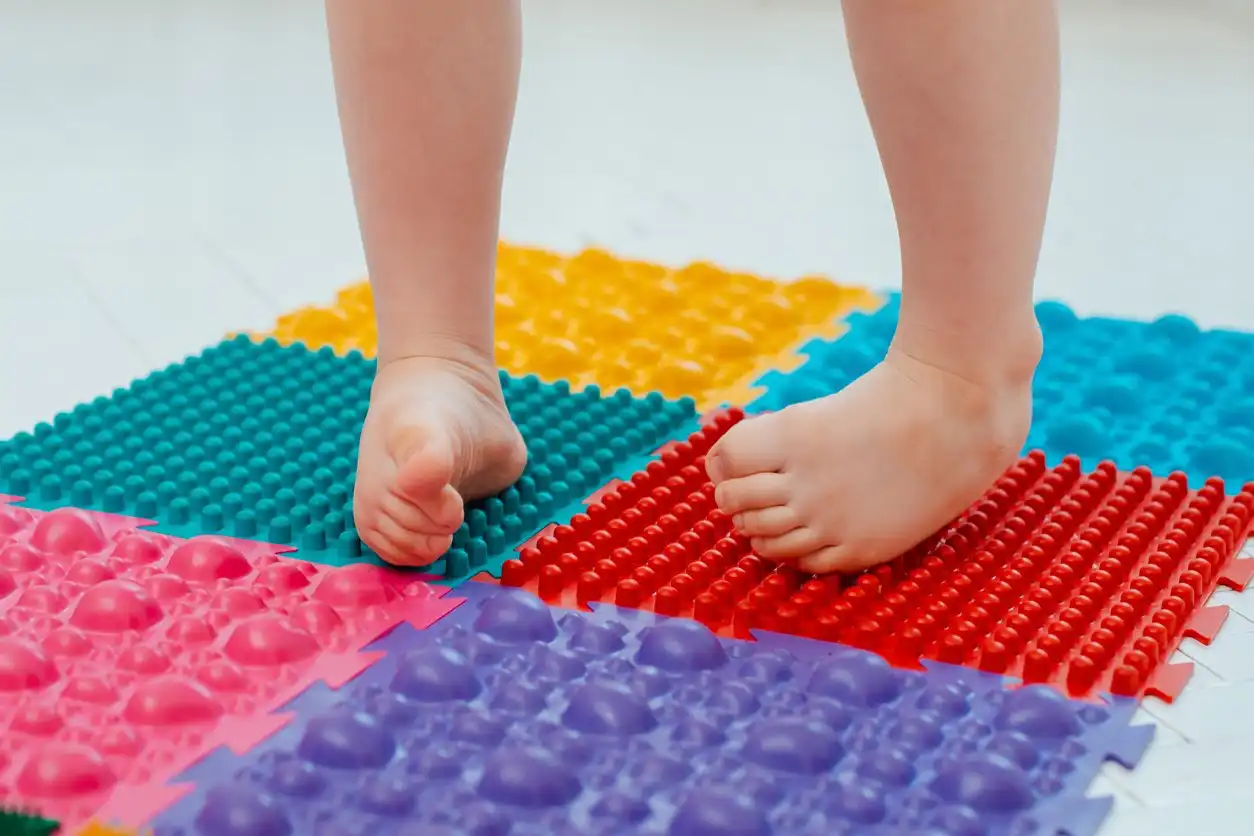Balancing Work and Motherhood: A Physical Therapist’s Guide in Florida
Have you ever wondered how some women manage to balance a demanding career in Physical Therapy with the equally challenging role of motherhood? In South Florida, where the pace of life is as vibrant as the culture, many professional moms are mastering this balancing act. If you’re a physical therapist striving to find this equilibrium, you’re not alone, and your journey is both noble and achievable.
The Dual Demand: Professional and Personal Commitments
Physical Therapy is a field that demands both intellectual and emotional investment. Add motherhood into the mix, and the responsibilities multiply, as do the rewards. According to a study by the American Physical Therapy Association, over 60% of physical therapists are women, many of whom are balancing work with caregiving roles.
Balancing these roles requires strategic planning, resilience, and an unwavering commitment to both patients and family. It’s not uncommon for physical therapists to experience moments of overwhelm, especially when work tasks spill into family time and vice versa. But with the right strategies, it is possible to thrive in both areas.
Strategies for Balance: From Basic to Advanced
Basic Strategies
- Set Clear Boundaries: Define your work hours and communicate them clearly to your family and clients. This helps in managing expectations and reducing stress.
- Prioritize Self-Care: Remember, looking after yourself is crucial. Simple practices like a short daily meditation or a 15-minute walk can rejuvenate your mind and body.
Intermediate Strategies
- Leverage Technology: Use scheduling apps to organize your day. Tools like Google Calendar can help you balance appointments, family events, and personal time efficiently.
- Network with Peers: Connect with other physical therapists who are mothers. Sharing experiences and solutions can offer fresh perspectives and moral support.
Advanced Strategies
- Embrace Flexibility: Consider offering at-home Physical Therapy sessions. This can reduce commute times and allow for a more flexible schedule, benefiting both you and your clients.
- Outsource When Possible: Delegate household tasks or hire help for certain duties. Freeing up your time allows you to focus on high-priority tasks both at work and home.
Empowering Women Through At-Home Physical Therapy
At-home Physical Therapy presents a unique opportunity for both therapists and clients. It offers therapists the flexibility to manage their schedules better and clients the comfort and convenience of receiving care in their own homes.
For mothers, this means potentially more time with family and less stress from commuting. For clients, particularly older adults, the benefits are substantial—enhanced comfort, personalized care, and improved mobility, all contributing to aging gracefully and independently.
Local Support and Resources in South Florida
In Palm Beach County and the broader South Florida area, there are numerous resources available to support working mothers in Physical Therapy. Networking groups, local workshops, and community resources can provide the support and knowledge needed to navigate the challenges of balancing work and motherhood.
Moreover, at-home Physical Therapy services, like those offered by Be On The Move, cater to both the needs of clients and the professional aspirations of therapists, creating a win-win scenario.
Conclusion: Embrace the Journey
Balancing work and motherhood as a physical therapist is no small feat, but it’s a journey filled with learning, growth, and immense satisfaction. By implementing strategic balance techniques, leveraging at-home Physical Therapy, and utilizing local resources, you can create a fulfilling professional and personal life.
Remember, you’re not alone in this journey. Explore more resources, connect with like-minded professionals, and continue to learn and grow. For more personalized support and guidance, contact us at Be On The Move. We’re here to help you succeed both at home and in your career.
See you soon,
//❤️ Trudy//
The information provided in this article is intended for general educational and informational purposes only. It is not a substitute for professional medical advice, diagnosis, or treatment. Always seek the advice of your physician or other qualified health provider with any questions you may have regarding a medical condition or before starting any new exercise program. If you experience any pain or difficulty with exercises or advice mentioned in this article, stop immediately and consult your healthcare provider. Be On The Move and its representatives do not assume any responsibility for any aspect of healthcare administered with the aid of information provided herein.




